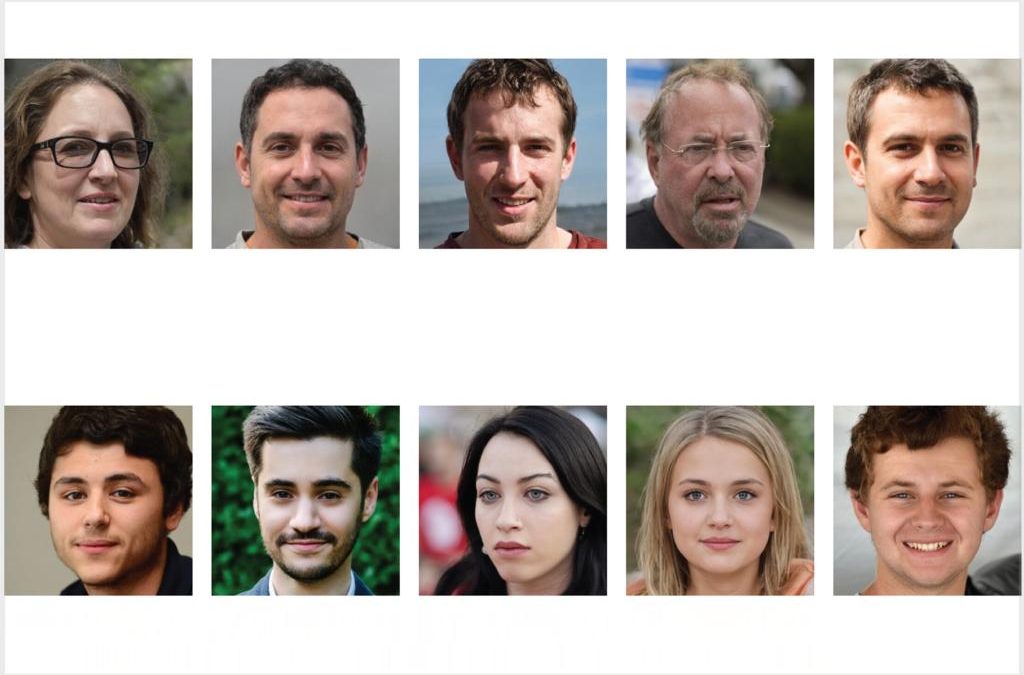Face the facts.
AI-generated faces look more “real” than some humans, according to a new study — at least, when it comes to white people.
Published in the Psychological Science journal this week, researchers found that AI could reliably fool people into thinking that computer-generated faces look more real than a photograph.
“Remarkably, white AI faces can convincingly pass as more real than human faces – and people do not realize they are being fooled,” the team researchers from the University of Amsterdam said in their study findings.
Researchers said that the issue with this kind of “hyper-realism” is that people are convinced that their judgment of what is real and what is not is airtight.
“Concerningly, people who thought that the AI faces were real most often were paradoxically the most confident their judgments were correct,” Elizabeth Miller, study co-author and Ph.D. candidate at Australian National University said in a press release.
“This means people who are mistaking AI imposters for real people don’t know they are being tricked.”
However, these findings only applied to images of white faces — not pictures or AI images of people of color.
This is potentially because the AI algorithm used to make AI renderings “are trained disproportionately on white faces,” Amy Dawel, ANU professor and the study’s senior author said in the release.
This can create an entirely new kind of racial bias online.
“If white AI faces are consistently perceived as more realistic, this technology could have serious implications for people of color by ultimately reinforcing racial biases online,” Dawel said.
“This problem is already apparent in current AI technologies that are being used to create professional-looking headshots. When used for people of color, the AI is altering their skin and eye color to those of white people.”
The discrepancy between real human faces and what AI renders runs counterintuitive to how we might think humans should look. As Dawel explains it, people “tend to misinterpret” natural, physical asymmetry as being some kind of glitch in AI — thus erroneously choosing the more perfect, digital faces as legitimate forms. “White AI faces tend to be more in-proportion and people mistake this as a sign of humanness,” Dawel said.
“However, we can’t rely on these physical cues for long. AI technology is advancing so quickly that the differences between AI and human faces will probably disappear soon,” she further warned.
Also, due to the fact that AI algorithms are trained with mostly white faces, AI is able to create a more “average” looking face which makes what is real and fake harder to distinguish.
This “may lead to White AI faces that appear especially average and therefore, potentially, especially realistic,” the study reported.
Source




